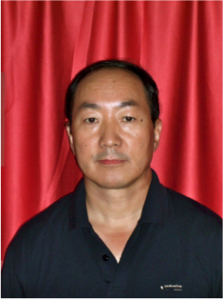Pro. Ning Pan (FASME, FTI) is now a full professor with Division of Textile and Clothing, Department of Agricultural and Biological Engineering at UCD. His research areas focus on Physics and Engineering of fibrous materials. He received a MS. (1982) and a PhD (1985) in Textile Engineering from Donghua U. China, and postdoctoral fellow in MIT (1989-1990), and joined UC Davis as a faculty member in 1990.
His modeling work includes mathematically formulating the twist invoked self-locking reinforcing mechanism in twisted staple yarns, proposing theoretical frames in characterizing the porous structure and general anisotropy of fibrous materials, predicting the elastic properties, strengths, and failure behaviors of various fiber structures – mono-component, hybrid and composite.
His group also studies textiles and human body mechanical, physical and chemical interactions; cloth-skin microclimate, cutaneous reactions, transdermal absorptions; heat, moisture and liquid transport issues in clothing-skin system have significantly advanced our knowledge in understanding clothing physics and human clothing comfort. He has also conducted extensive studies exploring the human sensory responses towards textile materials and subsequently invented an instrument for measuring such visual and tactile product attributes as drape, wrinkle and touching. The system has been commercialized and adopted into a US industry standard test method.
Further his group has developed a scheme combining the Lattice Boltzmann modeling and computer generation of complex porous media for prediction of effective physical properties of porous multiphase materials. More recently they have investigated the effects of structural hierarchy in general material systems, not only explored the underlying mechanisms, but also emphasized the ways such mechanisms may be applied to developing engineered material systems with novel properties.
Besides Dr. Pan’s group has been at the forefront in development of supercapacitors with nano structured high performance electrodes and their progresses.
Dr. pan has published over 200 referred papers and given over 100 invited talks, including a dozen at major conferences. His work has been cited over 5,400 times, with h-index of 40, according to Google Scholar (by 06/2015).





